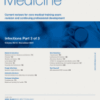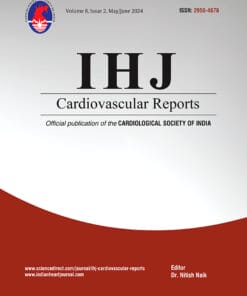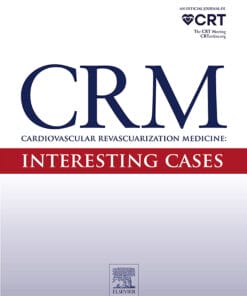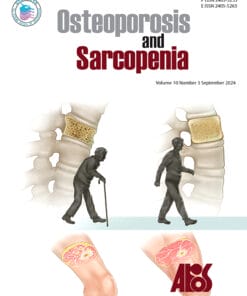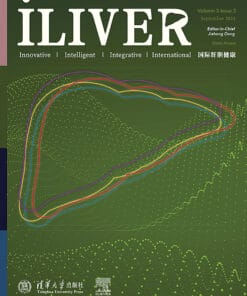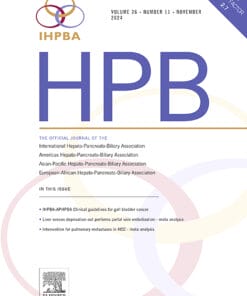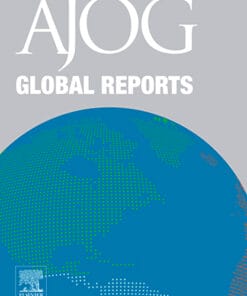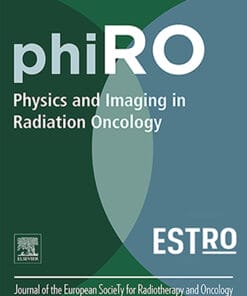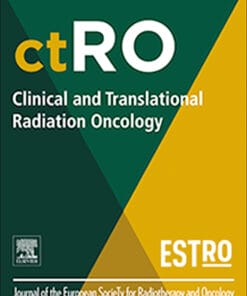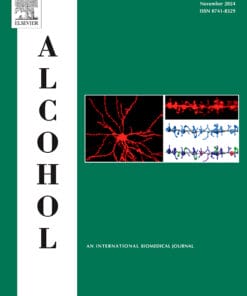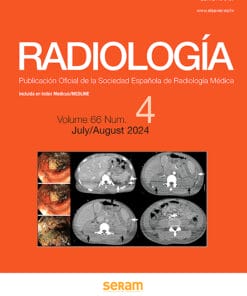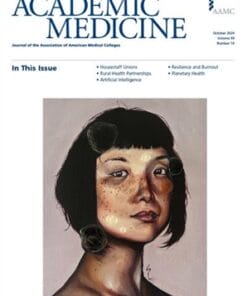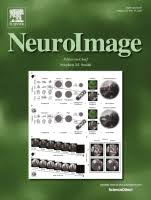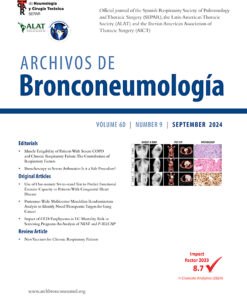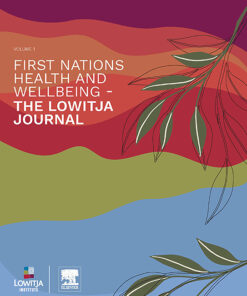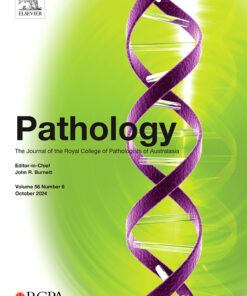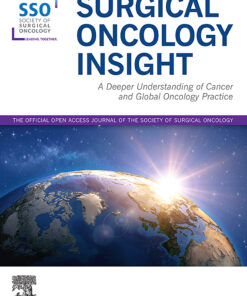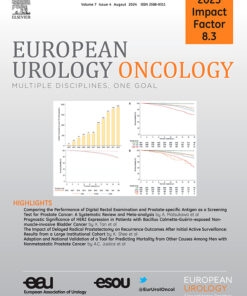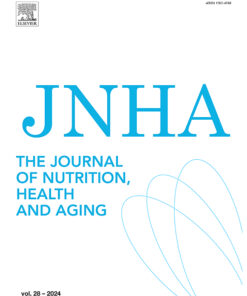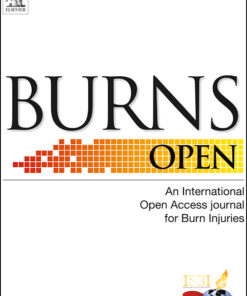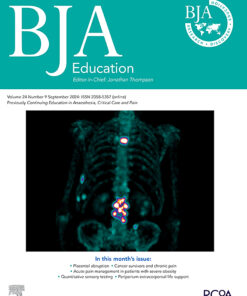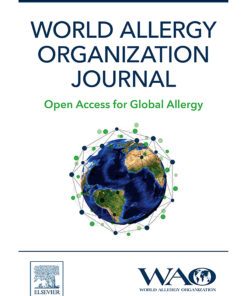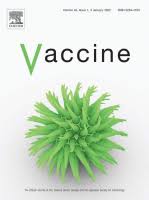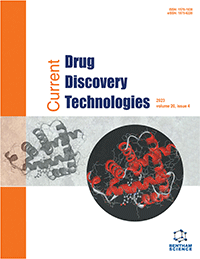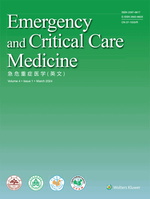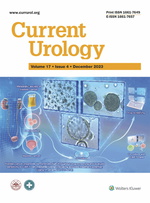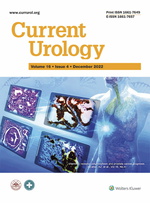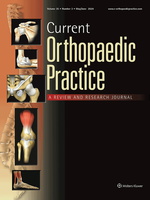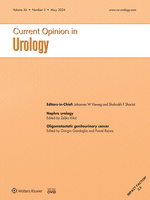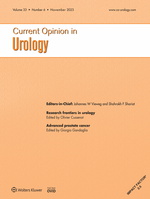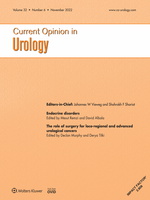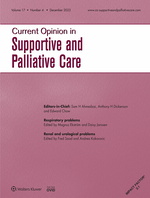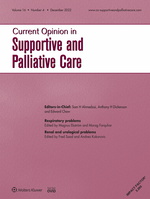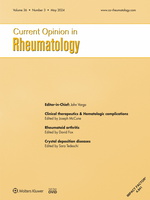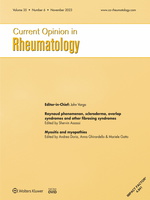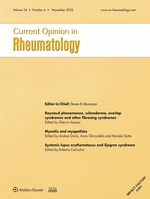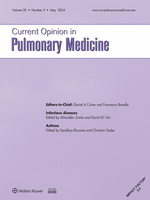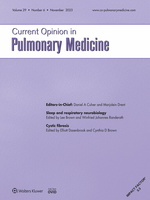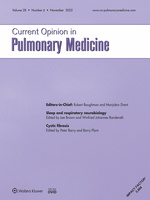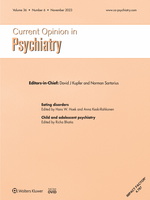Overview: Virology Journal
Virology is a venerable and expansive journal with a rich history, dating back to its launch in 1955. The journal’s scope is all-encompassing, extending to various facets of virology, including viruses in plants, animals, microbes, and humans. It serves as a platform for the publication of basic research, pre-clinical and clinical studies, computational analyses related to virus infections, and contributions to vaccine and antiviral drug development.
Key Features:
- Inclusivity: Virology welcomes a diverse range of submissions that cover the entire spectrum of virology. This includes studies on viruses affecting plants, animals, microbes, and humans, ensuring a broad and comprehensive scope.
- Research Categories: The journal publishes a variety of research categories, such as reviews, research manuscripts, short communications, and follow-up manuscripts. This diversity of article types allows for a wide range of contributions to the field.
- Broad Interest: Manuscripts of broad interest to the virology and vaccinology communities are highly regarded. The journal values scientific accuracy and the delivery of valuable research, even including negative findings when they contribute to the body of knowledge.
- Guaranteed Peer Review: Virology offers guaranteed peer review for Follow-Up manuscripts, provided that the corresponding author remains the same and the new submission occurs within 12 months of the previous paper’s acceptance.
Focus Areas:
- Basic Research: The journal is open to fundamental research in virology, spanning the diverse range of viruses that impact different domains of life.
- Vaccines and Antiviral Drugs: Manuscripts focused on vaccines, antiviral drugs, their development, and associated therapeutic approaches are well-suited for publication.
- Clinical Studies: Pre-clinical and clinical studies related to viruses, treatments, and therapies are encouraged.
- Computational Studies: Virology welcomes computational analyses that enhance our understanding of virus infections, offering valuable insights into viral dynamics.
- Negative Findings: The journal recognizes the importance of negative findings and encourages their publication when they contribute to the field’s collective knowledge.
In Conclusion:
With a history dating back to 1955, Virology continues to serve as a foundational journal in the field of virology. Its broad and inclusive scope, coupled with a commitment to scientific rigor and diverse research categories, ensures its relevance and influence among virologists, vaccinologists, and researchers worldwide.
Volume 565: Pages 1-118 (2 January 2022)
Volume 566: Pages 1-152 (January 2022)
Volume 567: Pages 1-86 (February 2022)
Volume 568: Pages 1-140 (March 2022)
Volume 569: Pages 1-64 (April 2022)
Volume 570: Pages 1-134 (May 2022)
Volume 571: Pages 1-58 (June 2022)
Volume 572: Pages 1-86 (July 2022)
Volume 573: Pages 1-178 (August 2022)
Volume 574: Pages 1-114 (September 2022)
Volume 575: Pages 1-110 (October 2022)
Volume 576: Pages 1-140 (November 2022)
Volume 577: Pages 1-184 (December 2022)
Volume 578: Pages 1-190 (January 2023)
Volume 579: Pages 1-186 (February 2023)
Volume 580: Pages 1-120 (March 2023)
Volume 581: Pages 1-144 (April 2023)
Volume 582: Pages 1-128 (May 2023)
Volume 583: Pages 1-56 (June 2023)
Volume 584: Pages 1-58 (July 2023)
Volume 585: Pages 1-270 (August 2023)
Volume 586: Pages 1-130 (September 2023)
Volume 587: October 2023
Volume 588: November 2023
Volume 589: January 2024
Volume 590: February 2024
Volume 591: March 2024
Volume 592: April 2024
Volume 593: May 2024
Volume 594: June 2024
Volume 595: July 2024
Volume 596: August 2024
Volume 597: September 2024
Volume 598: October 2024
Volume 599: November 2024
Volume 600: December 2024
| Volume | Volume 565: Pages 1-118 (2 January 2022), Volume 566: Pages 1-152 (January 2022), Volume 567: Pages 1-86 (February 2022), Volume 568: Pages 1-140 (March 2022), Volume 569: Pages 1-64 (April 2022), Volume 570: Pages 1-134 (May 2022), Volume 571: Pages 1-58 (June 2022), Volume 572: Pages 1-86 (July 2022), Volume 573: Pages 1-178 (August 2022), Volume 574: Pages 1-114 (September 2022), Volume 575: Pages 1-110 (October 2022), Volume 576: Pages 1-140 (November 2022), Volume 577: Pages 1-184 (December 2022), Volume 578: Pages 1-190 (January 2023), Volume 579: Pages 1-186 (February 2023), Volume 580: Pages 1-120 (March 2023), Volume 581: Pages 1-144 (April 2023), Volume 582: Pages 1-128 (May 2023), Volume 583: Pages 1-56 (June 2023), Volume 584: Pages 1-58 (July 2023), Volume 585: Pages 1-270 (August 2023), Volume 586: Pages 1-130 (September 2023), Volume 587: October 2023, Volume 588: November 2023, Volume 589: January 2024, Volume 590: February 2024, Volume 591: March 2024, Volume 592: April 2024, Volume 593: May 2024, Volume 594: June 2024, Volume 595: July 2024, Volume 596: August 2024, Volume 597: September 2024, Volume 598: October 2024, Volume 599: November 2024, Volume 600: December 2024 |
|---|
Related Products
Journals/Articles
Journals/Articles
Cardiovascular Revascularization Medicine: Interesting Cases PDF
Journals/Articles
Journals/Articles
Journals/Articles
Journals/Articles
Journals/Articles
Journals/Articles
Journals/Articles
Journals/Articles
Journals/Articles
Journals/Articles
Journals/Articles
Journals/Articles
Journals/Articles
Journals/Articles
Journals/Articles
Journals/Articles
Journals/Articles
Journals/Articles
Journals/Articles
Journals/Articles
Journals/Articles
Technical Innovations & Patient Support in Radiation Oncology PDF
Journals/Articles
Journals/Articles
Journals/Articles
Journals/Articles
Journals/Articles
Journals/Articles
Journals/Articles
Journals/Articles
Journals/Articles
Journals/Articles
The American Journal of Geriatric Psychiatry: Open Science, Education, and Practice PDF
Journals/Articles
Journals/Articles
Journals/Articles
Journals/Articles
Journals/Articles
Journals/Articles
Journals/Articles
Journals/Articles
Journals/Articles
Journals/Articles
Journals/Articles
First Nations Health and Wellbeing – The Lowitja Journal PDF
Journals/Articles
Journals/Articles
Journals/Articles
Journals/Articles
Journals/Articles
Journals/Articles
Journals/Articles
Journals/Articles
Journals/Articles
Journals/Articles
Journals/Articles
Seminars in Thoracic and Cardiovascular Surgery: Pediatric Cardiac Surgery Annual PDF
Journals/Articles
Journals/Articles
Journals/Articles
Journals/Articles
Journals/Articles
The Journal of Allergy and Clinical Immunology: In Practice PDF
Journals/Articles
Journals/Articles
Journals/Articles
Journals/Articles
Journals/Articles
Journals/Articles
Journals/Articles
Dimensions of Critical Care Nursing: Volume 43 (1 – 3) 2024 PDF
Journals/Articles
Dimensions of Critical Care Nursing: Volume 42 (1 – 6) 2023 PDF
Journals/Articles
Dimensions of Critical Care Nursing: Volume 41 (1 – 6) 2022 PDF
Journals/Articles
Journals/Articles
Journals/Articles
Journals/Articles
Journals/Articles
Journals/Articles
Journals/Articles
Journals/Articles
Journals/Articles
Journals/Articles
Current Sports Medicine Reports: Volume 22 (1 – 12) 2023 PDF
Journals/Articles
Journals/Articles
Current Sports Medicine Reports: Volume 21 (1 – 12) 2022 PDF
Journals/Articles
Journals/Articles
Journals/Articles
Journals/Articles
Journals/Articles
Journals/Articles
Journals/Articles
Journals/Articles
Journals/Articles
Journals/Articles
Current Opinion in Pulmonary Medicine: Volume 30 (1 – 3) 2024 PDF
Journals/Articles
Current Opinion in Pulmonary Medicine: Volume 29 (1 – 6) 2023 PDF
Journals/Articles
Current Opinion in Pulmonary Medicine: Volume 28 (1 – 6) 2022 PDF
Journals/Articles
Journals/Articles



